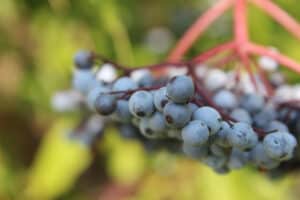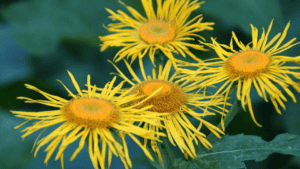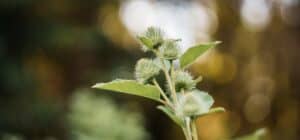Table of Contents
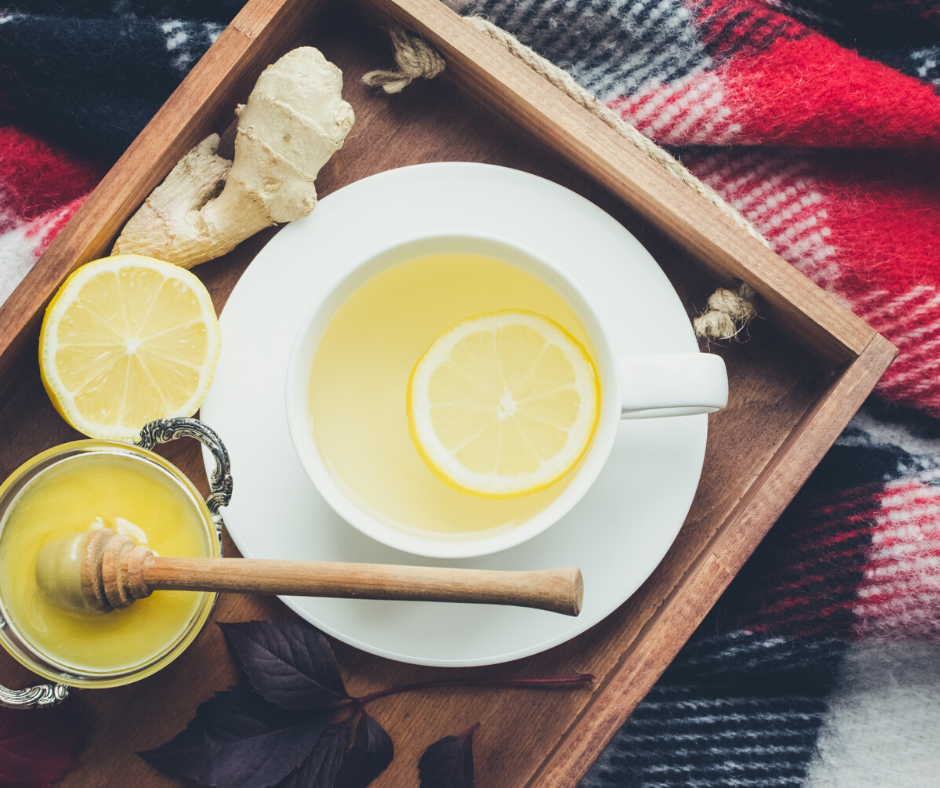
The Danger of Fever Suppression
One of the reasons why I think this is particularly important is because it’s really conventional for people when they get the flu, and especially with the accompanying fever, to reach for something like aspirin to get that fever down. Unfortunately, when we suppress a fever, we actually end up prolonging the sickness. We can turn what would normally be maybe a two or three-day fever into a week-long fever by suppressing it. One of the wonderful things about herbal medicine, is that we have plants available to us that support the body in its natural responses in the way the body reacts to a fever.
I think it’s important for us as herbalists to remember that there’s a vital intelligence in the body. In the west, we oftentimes refer to this as the vital force. As holistic herbalists, we want to make sure that we’re always honoring and following the flow of the vital force, trusting in the intelligence of the body… trusting in the fact that our bodies know how to self regulate and to self heal.
Central to the concept of vitalist herbalism, is that our work with plants is supporting the body’s innate vital intelligence, rather than biochemically overriding what our body is trying to do. We are simply helping the body to self heal.

Colds and Flu’s: What’s the difference?
Well, there’s a handful of things that I generally consider here in the treatment of the flu, but before getting into that, it’s worth acknowledging an interesting dynamic in our terminology where we tend to lump colds in with flu’s. We always say “colds and flu’s,” maybe because people tend to get them around the fall and winter time; but from a perspective of pathology, they’re actually quite different.
While both are generally viral infections affecting the respiratory system, but one of the big differences is that the common cold generally affects upper respiratory and sinuses. You get the stuffy nose, where your head feels like it’s floating on a balloon 10 feet above your head, kinda tired, sluggish, sometimes a sore throat.
Whereas with the flu, symptoms typically get much deeper into the respiratory system, so we oftentimes see a cough, usually associated with bronchitis; but the main differentiating factor is fever. An influenza infection, generally speaking, always is accompanied by a fever; whereas a common cold is not. This tends to change our approach to therapeutics.
The other thing that I think is worth mentioning is that no one has ever died from the common cold, but people die every year from influenza. It’s usually young children or elderly people that don’t have very strong immune systems or vitality; but nonetheless, people do die from the flu. Not to mention, every now and then there are those big flu pandemics that come out and can be very difficult to treat.

When it does come to herbal treatment for the flu, there are a number of factors important to consider. The first is actually food. An old rule of thumb is that you fast a fever and feed a cold; so this is why during a cold, it’s nice to have a lot of hot soups and broth. You want to keep yourself nourished during a cold; but during a fever, eating food is actually not good. When someone has a working fever, they usually they don’t really have that much of an appetite anyway, but it’s good to keep that person in a fasting state.
The reason for that is because during a fever, all of the blood is being pushed out to the periphery and is circulating immunological components to keep things moving, to try to push heat out, and ultimately raise the internal body temperature to cook out that pathogen. When you eat a meal, all of your blood has to flow back into the digestive system, which can inhibit the process of a fever in pretty detrimental ways. So, rule #1: fast a fever, feed a cold.
The other important thing before I get into practical aspects of how I go about treating with herbs, is that a fever is a vital response. This is an intelligent response of the body’s vital force to a pathogen. From an allopathic perspective, we see the fever as the enemy. From a vitalist perspective, we see that the fever is the friend and it’s actually the intelligence of the body at work, fighting off this invading pathogen. It’s important that as vitalist herbalists, we work with the vital force, that we move with that intelligence of the body and don’t suppress it or try to, biochemically so to speak, shut it off. This is essentially what a lot of our over-the-counter, fever reducing, what we would call a febrifuge, type drugs do; aspirin, ibuprofen, etc.
Those non-steroidal anti-inflammatory drugs work amazingly, but they biochemically turn off that fever response. And the fever is the body’s innate way of raising the internal temperature so it will denature whatever the pathogen is. Sure you feel better after taking an Aspirin, because you’re fever is effectively shut off, but during that downtime that pathogen is busy reproducing. Hence once that NSAID wears off you typically feel worse. The suppression of a fever is going to significantly extend the period of time one is sick versus a fever that’s just allowed to do its job.

Stimulant and Relaxant Diaphoretics
From an herbal standpoint, as I said, we want to support the vital force, which means helping the fever do its job. We want to support the body, we want to encourage what the body’s already trying to do with our plants; and this is why we have this amazing category of remedies referred to as diaphoretics. This category of plants is incredible because successfully treat a fever by helping it along. They do this through a couple of different physiological mechanisms, which leads to our two main categories of diaphoretics: stimulants and relaxants.
Stimulant diaphoretics are typically pungent, hot, warming, circulatory stimulant plants that are going to help increase internal body temperature and help to bring blood from the core to the surface. Anything that tastes particularly spicy and makes you sweat is a stimulant diaphoretic, such as hot spicy peppers. Cayenne (Capsicum annuum) is a big one here and is a very powerful stimulant diaphoretic, along with Ginger (Zingiber officinale) and Black Pepper (Piper nigrum).
Stimulant diaphoretics are best used during an earlier phase of a fever, when someone feels cold, has pale skin, and is usually in an lower energy state. This is because the hypothalamus has set your basal body temperature from its baseline, 98.6 or whatever it might be; it’s saying, “okay, instead of 98.6 being the standard, 104 is standard, or 102 or 103.” That higher temperature is the new baseline, but you’re at still at 98-something degrees, so you feel cold.
Relaxant diaphoretics are remedies typically used later on in a fever, when it’s “peaking.” This is when you feel hot, your skin’s red and dry, and there’s usually a lot of tension (both psychological and also physiological) in the sense that your muscles start to get achy, your back hurts, your head hurts, and everything feels tight. Sleep is often difficult. This is where we use relaxant diaphoretics.
These remedies function quite differently than the stimulants. Rather than warming you up and stimulating peripheral circulation, relaxant diaphoretics helps to ease tension in the capillary beds and skin pores. This helps the blood to flow more easily to the surface. I always say if a stimulating diaphoretic is like turning the heat up, a relaxing diaphoretic is like opening up the windows. Another way of looking at them, is that they “unkink the hose” so the blood can flow more smoothly. In Chinese Medicine they’re referred to as “surface relieving agents.” They’re opening up the pores and capillary beds, so all that internal heat can release and ultimately break the fever.
Whereas the stimulant diaphoretics are typically hot, spicy, pungent remedies, the relaxant diaphoretics are more often than not bitters or acrid plants. Good examples of that are Boneset (Eupatorium perfoliatum), Lobelia (Lobelia inflata), Blue Vervain (Verbena hastata), and Yarrow (Achillea millefolium).
Classic remedies here would be Lobelia (Lobelia inflata), Pleurisy root (Asclepius tuberosa), Boneset (Eupatorium perfoliatum) is a major remedy here, Peppermint (Mentha piperita), Elderflower (Sambucus nigra), and Yarrow (Achillea millefolium). Some of those have mixed stimulant and relaxant diaphoretic properties, especially Yarrow; I find it works in both ways. These are all excellent remedies to consider working with in treating the fever side of influenza.
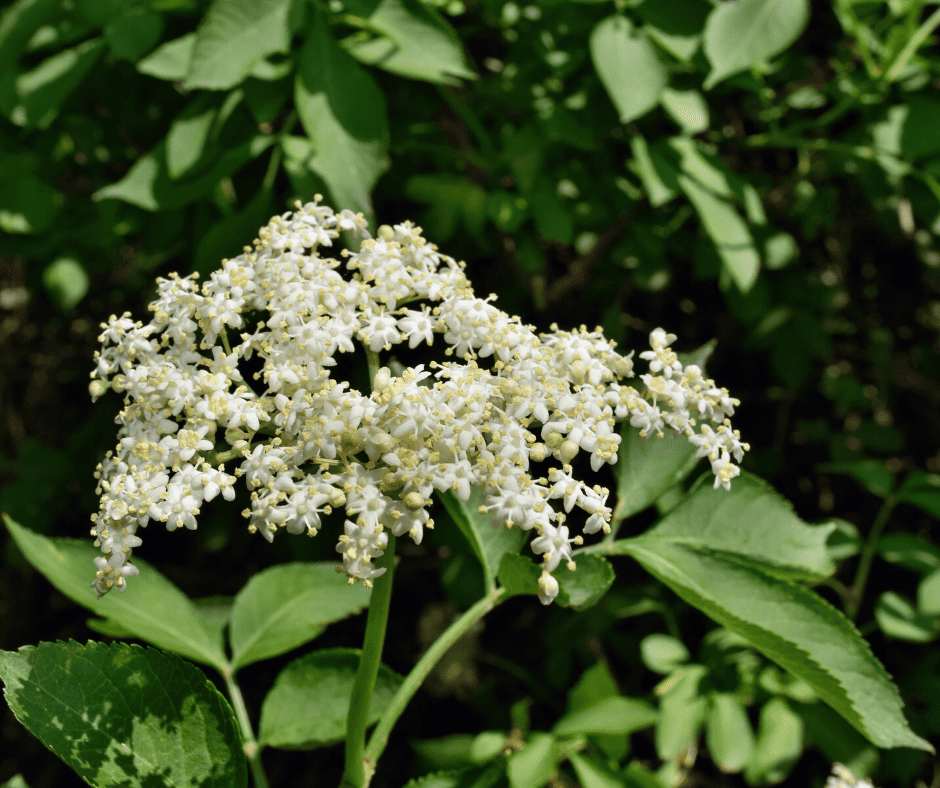
Administering Diaphoretics… Teas? Tinctures?
A big question I get all the time is what form of an herb should one take? Teas? Tinctures? Powders? Oils??
When it comes to treating a fever, and specifically using diaphoretics, is that these are best administered as hot infusions. The reason for this is that hot water on its own is naturally diaphoretic. Hot water rises, like steam, and when you take your herbs in hot water it naturally delivers them with an upward and outward directional flow, which is precisely what we’re going for here. Cold/room temperature water tends to be more diuretic in nature, delivering to the kidneys and urinary tract. Think of hot water. What does it do? It volatilizes, it steams, it moves up and out; that’s the whole energy of a fever, it’s the whole energy of a diaphoretic because we’re pushing things up and radiating things out. It’s like the Fire Element, which is precisely what a fever is, an excess of the body’s innate Fire.
Taking tinctures will work, but not nearly as well. But as herbalists there’s always times we find ourselves in situations where we have to improvise and work with what we have on hand. So if you only have a tincture, simply put the tincture in some hot water and have someone drink that.
Diaphoretic Herbs for Influenza
- Lobelia (Lobelia inflata)
- Pleurisy root (Asclepius tuberosa)
- Boneset (Eupatorium perfoliatum)
- Peppermint (Mentha piperita)
- Elderflower (Sambucus nigra)
- Yarrow (Achillea millefolium)
- Cayenne (Capsicum annuum)
- Ginger (Zingiber officinale)
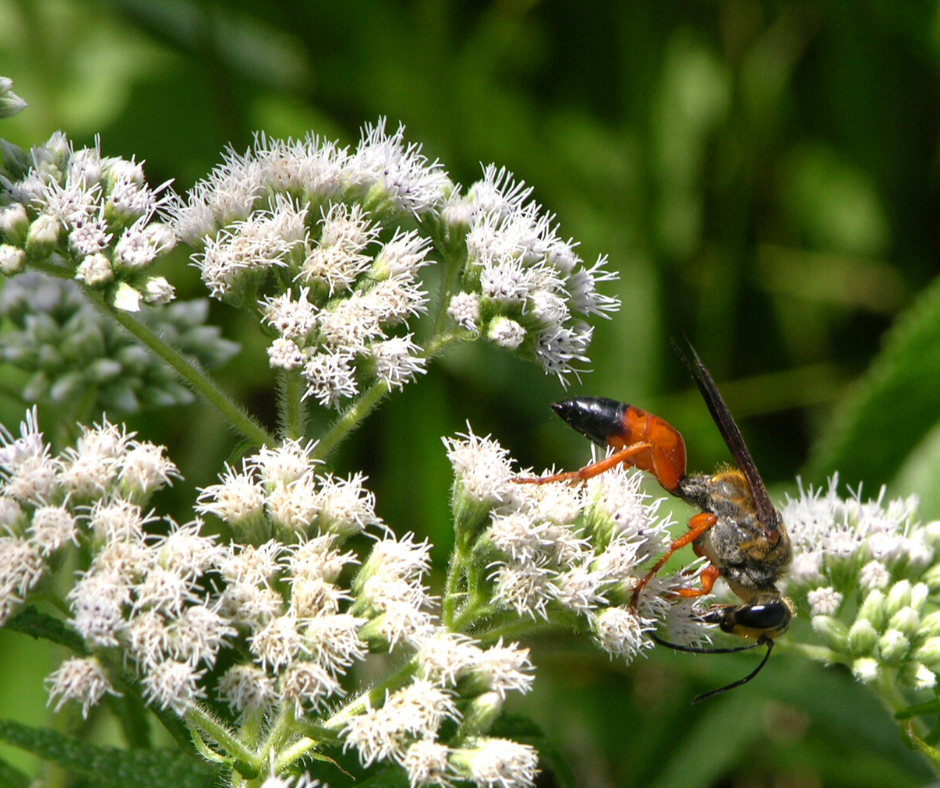
I want to spotlight on Boneset a little bit here. Boneset is in my opinion one of the most improtant influenza remedies. It has antiviral properties, which of course is beneficial, but it’s an incredibly reliable, relaxant diaphoretic; specifically for the deep aches and pains in the muscles and bones during a fever. Boneset is very specific for that and it works very well. So, I just wanted to mention Boneset (Eupatorium perfoliatum) is a must have remedy for the treatment of influenza. The only tricky thing about it is that it’s very bitter, which can be hard for people to get down as a tea. I’ve used tincture in water quite successfully with this remedy.
The other aspect of this is working with antiviral plants. This is not always the way I think about it, but if someone has, for example, an accompanying cough with influenza, which is really common, we want to give indicated expectorants and respiratory route antiviral remedies to just support the body in clearing out that pathogen. Some of my tops here would be Lomatium (Lomatium dissectum), Osha (Ligusticum porteri), Poplar buds aka Balm of Gilead (Populus trichocarpa), Usnea lichen (Usnea spp.), and Licorice (Glycyrrhiza glabra)
Antiviral Herbs for Influenza
- Lomatium (Lomatium dissectum)
- Osha (Ligusticum porteri)
- Licorice (Glycyrrhiza glabra)
- Thyme (Thymus vulgaris)
- Oregano (Origanum vulgare)
- Poplar buds (Populus trichocarpa)
- Usnea (Usnea spp.)

Also, we want to make sure that we’re giving remedies that are indicated for the tissue state of the respiratory system. If it’s really hot and dry, maybe giving them Osha isn’t the best way to go, right? If you do give Osha, you have to give it with moistening and cooling herbs to balance out the energetics to prevent imbalancing the tissue state. This is why Licorice is always an excellent herb to formulate with, as it not only tastes excellent, but brings much needed demulcent moistening effects to what are often very drying formulas.
While it’s important to consider our core herbal actions in therapeutics (stimulant and relaxant diaphoretics, antivirals, immune stimulants, expectorants etc.), it’s always critically important to always make sure to attend to the energetics.
The other thing that I really like giving people during fever is nervines. If they’re losing sleep, if they’re having a lot of muscle tension and muscle pain, sometimes I’ll give someone a really heavy dose of some herbs to just knock them out. If someone’s up all night with fever, if they’re having a real hard time sleeping at night, that is an obstacle to cure because the body is rejuvenating and replenishing itself during sleep, so I want to make sure people are sleeping really well. If needed, I will sometimes administer a heavy hitting nervine like Valerian (Valeriana officinalis), Passionflower (Passiflora incarnata) or Hops (Humulus lupulus), or something just to relax someone, maybe relax their muscles a little bit and just get them to sleep.
Of course, the last thing is water, water, water!! We have to make sure people are staying hydrated during a fever as they are losing a lot of fluids, so we need make sure they stay hydrated. Administrating electrolytes can be really helpful if they are sweating a lot, and especially if they are getting a lot of that muscle pain, electrolytes are really helpful there too. I really like giving people some magnesium too, that can be helpful to provide some relief.
So, unless a fever is getting dangerously high, my approach is to support the body with diaphoretics and some of those other categories of plants I mentioned, and then just let the body run its course. Usually the fever will be taken care of within a day or two with the suggestions I mentioned.
The thing about this approach, is that you’re going to emerge on the other side stronger. Your immunity is stronger, your body is stronger. Ultimately you’re healthier than you are if you just take an antibiotic. Antibiotics are for bacteria, and these are viral infections anyway, so they usually don’t work so well, if at all, but for some reason doctors still give them. Also, if you’re taking something like aspirin or something that is really suppressive, you’re not giving your immune system an opportunity to learn.
So, every time you get sick like that and support the body with herbs, follow the vital force, allow the body to just do its job, you will emerge on the other side healthier and stronger and ultimately more vital. That’s really what we’re going for in a vitalist orientation of herbal medicine. Not just curing disease or fixing what’s broken, but practicing in a way that allows people to ultimately strengthen their overall vitality, which translates into a longer, happier, healthier life.


